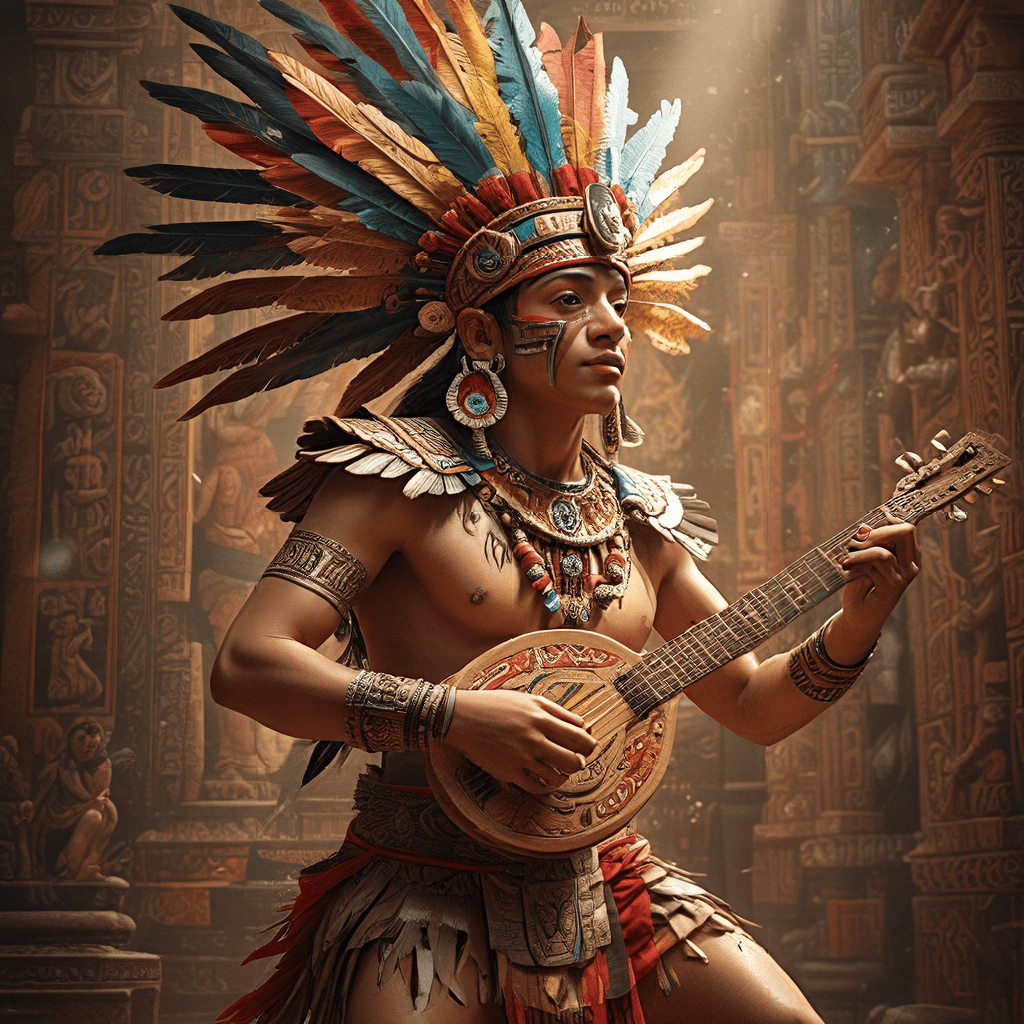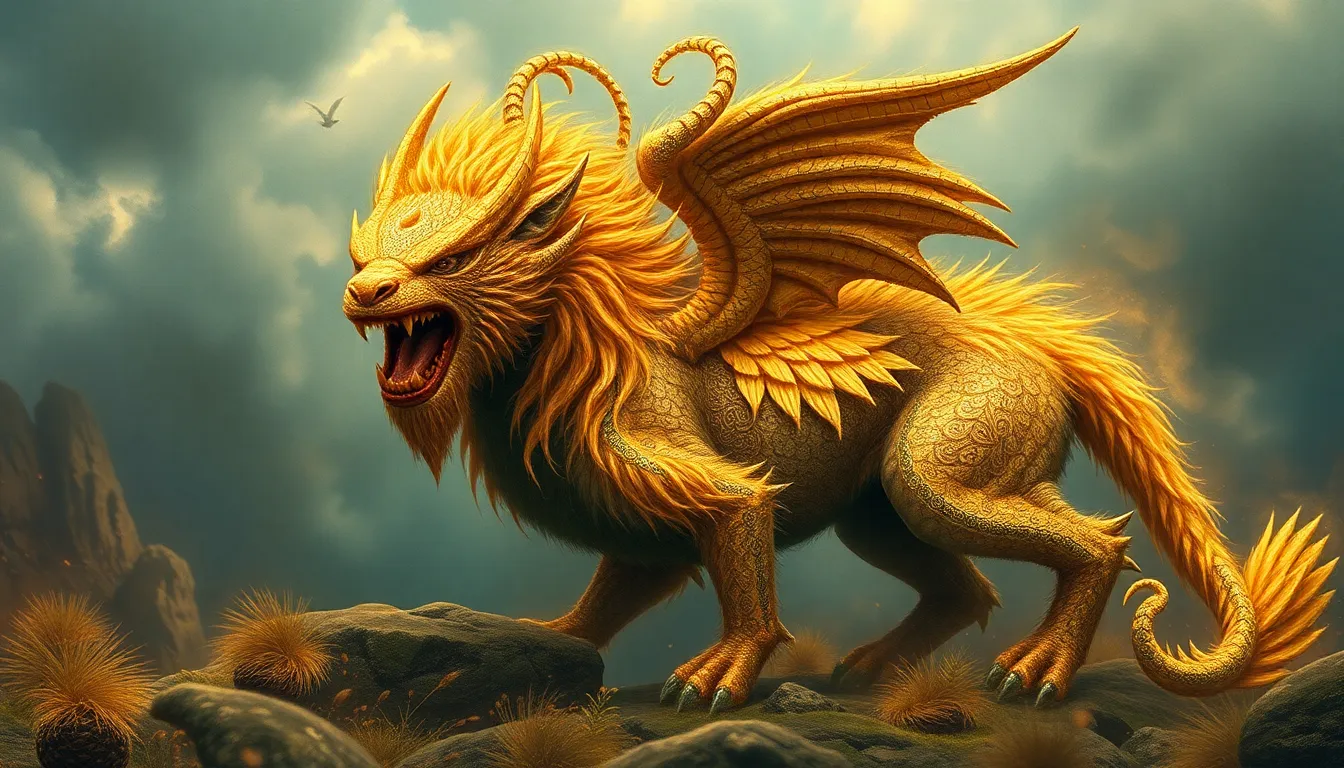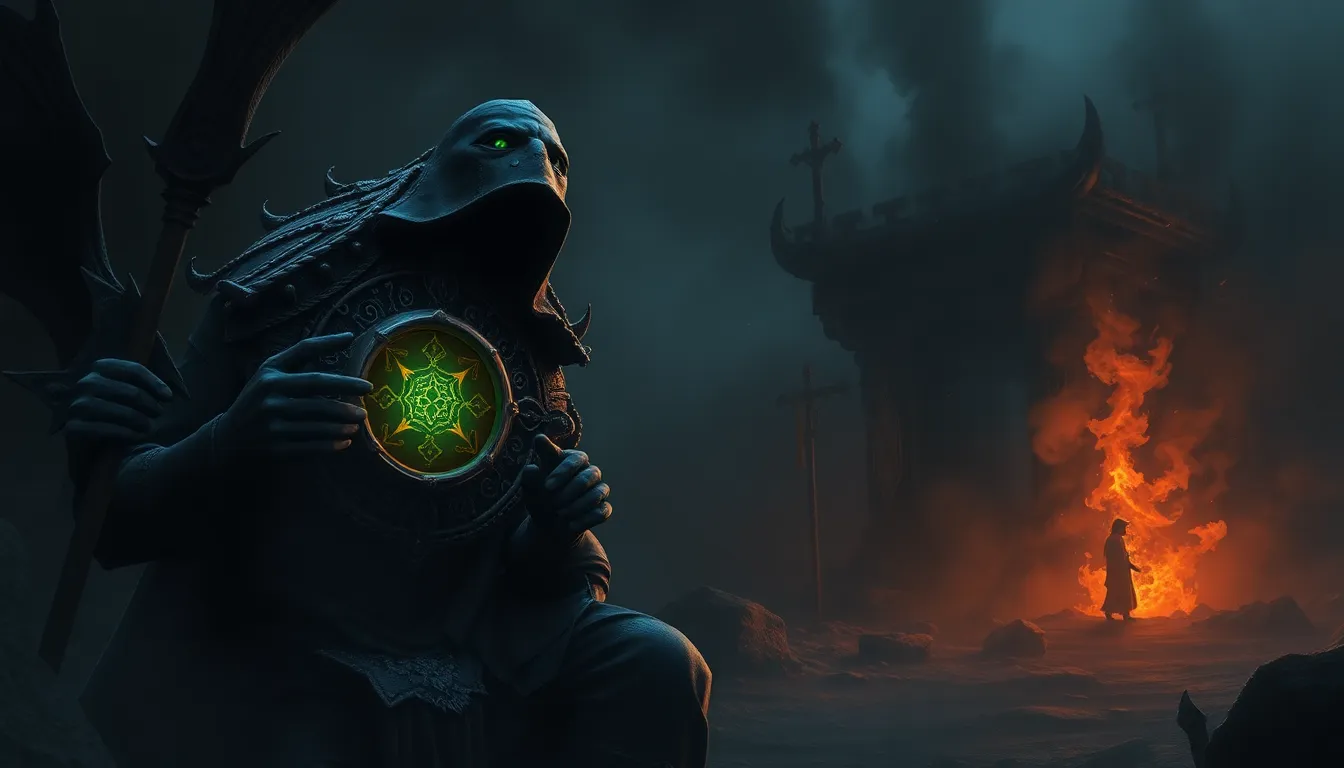Taboos and Traditions in Australian Aboriginal Mythology
1. Sacred Sites and Totems
Australian Aboriginal mythology is intricately intertwined with the land's sacred sites and totems. These places hold immense spiritual significance, connecting the people with their ancestors and the Creation Ancestors. The Aboriginal people believe that everything in nature, from animals and plants to rocks and waterways, possesses a spirit.
2. Dreamtime and the Creation Ancestors
Dreamtime is a central concept in Aboriginal mythology. It encompasses a period of time before the present day when the Creation Ancestors emerged from the land and created all living things. The Creation Ancestors shaped the landscape through their actions, leaving behind sacred sites and establishing the laws and customs of Aboriginal society.
3. Kinship and Marriage Systems
Kinship is a crucial element of Aboriginal social organization. Each individual belongs to a clan and a moiety, groups that govern family relationships. Marriage systems are based on prescribed rules that determine which individuals can marry and who they can't. These rules strengthen social bonds and maintain the balance of the community.
4. Initiation Ceremonies and Rituals
Initiation ceremonies are significant rites of passage for Aboriginal youth, marking their transition into adulthood. These rituals involve physical trials, cultural teachings, and spiritual guidance. Through initiation, young people learn about their ancestors, the land, and their responsibilities within the community.
5. Mortuary Customs and Beliefs
Aboriginal mortuary customs vary across different regions but share common themes. They believe that the spirit survives death and continues its existence in the spirit world. Mortuary rituals honor the deceased, provide support for the bereaved, and assist the spirit's journey to the afterlife.
6. Hunting and Gathering Practices
Hunting and gathering were the primary means of subsistence for Aboriginal people. They had a profound knowledge of the land and its resources, using sustainable practices to harvest plants and animals. Hunting methods included stalking, spearing, and trapping, while gathering techniques involved collecting edible plants, fruits, and seeds.
7. Law and Order in Aboriginal Society
Aboriginal society operates on a complex system of laws and rules known as "lore." Lore governs every aspect of life, including kinship, marriage, hunting, and resource allocation. Lore is enforced through social sanctions, such as ostracism or punishment. Elders and respected individuals play a crucial role in maintaining law and order within the community.
8. The Role of Elders and Knowledge Keepers
Elders are revered in Aboriginal society as repositories of wisdom and knowledge. They are the custodians of cultural practices, lore, and sacred sites. Elders guide and advise the younger generations, passing down traditions and ensuring the continuity of cultural heritage. Knowledge keepers hold a specialized role within the community, preserving the intricate oral traditions of storytelling, music, and art.
9. Art, Music, and Storytelling
Aboriginal art, music, and storytelling are vibrant and expressive forms of cultural expression. Art often depicts Dreamtime stories, ancestral beings, and the connection to the land. Music serves as a means of communication, connecting people through song, dance, and rhythm. Storytelling plays a vital role in preserving cultural knowledge and transmitting lessons from one generation to the next.
10. The Impact of European Colonization on Aboriginal Taboos and Traditions
European colonization had a profound impact on Aboriginal taboos and traditions. The forced removal from traditional lands, disruption of cultural practices, and introduction of foreign diseases decimated Aboriginal communities. Many sacred sites were desecrated, and the lore associated with them was suppressed. Despite these challenges, Aboriginal people have shown resilience in preserving their cultural heritage and reclaiming their traditions.
FAQs
- What is the significance of sacred sites in Aboriginal mythology?
Sacred sites are places that hold spiritual significance, connecting the people with their ancestors and the Creation Ancestors. They are often associated with Dreamtime stories and play a vital role in maintaining the balance of the community.
- How are marriage systems structured in Aboriginal society?
Marriage systems are based on prescribed rules that determine which individuals can marry and who they can't. These rules strengthen social bonds and maintain the balance of the community.
- What is the role of elders in Aboriginal society?
Elders are revered as repositories of wisdom and knowledge. They are the custodians of cultural practices, lore, and sacred sites. Elders guide and advise the younger generations, ensuring the continuity of cultural heritage.
- How does Aboriginal art reflect their mythology?
Aboriginal art often depicts Dreamtime stories, ancestral beings, and the connection to the land. It is a vibrant and expressive form of cultural expression that preserves cultural knowledge and traditions.



